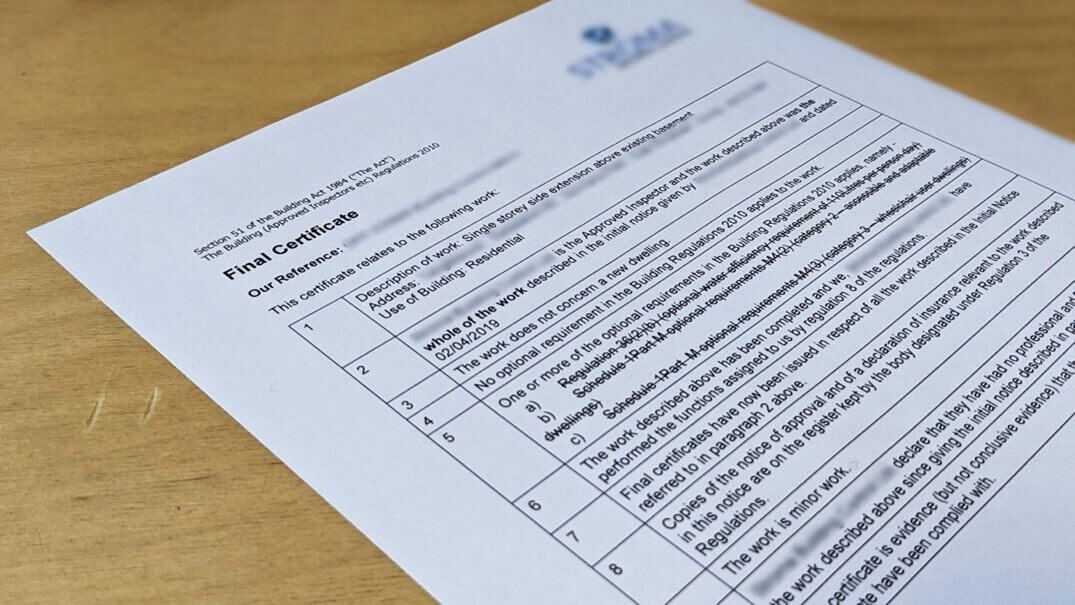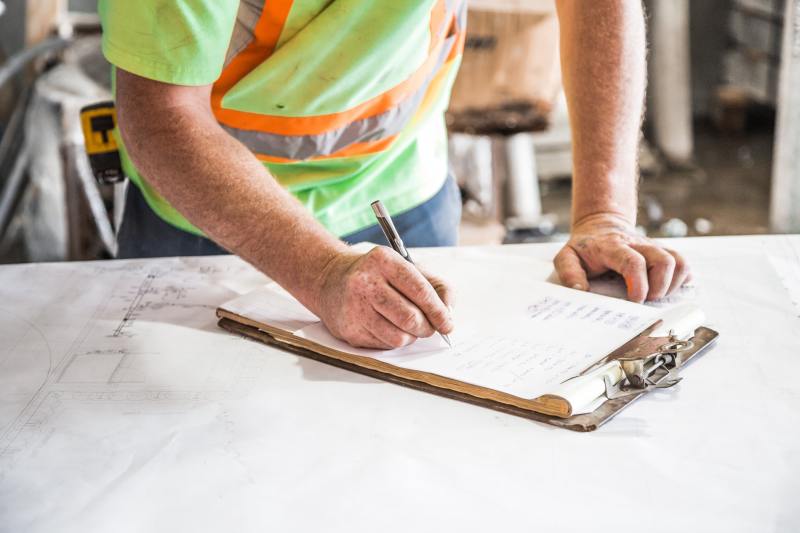Yes, you can apply for building regulations approval after the work is completed, although it’s generally recommended to obtain approval before starting construction. If the work meets the necessary standards and regulations, it’s possible to retrospectively apply for approval.
However, this process may involve additional assessments and inspections to ensure compliance with building regulations. Failure to obtain approval beforehand could lead to complications or enforcement action if the work fails to meet regulatory requirements.
Therefore, while it’s possible to seek approval after completion, it’s preferable to plan and obtain the necessary permissions before commencing any construction work to avoid potential issues later on.
Factors Affecting Retroactive Building Regulation Approval (Regularisation)
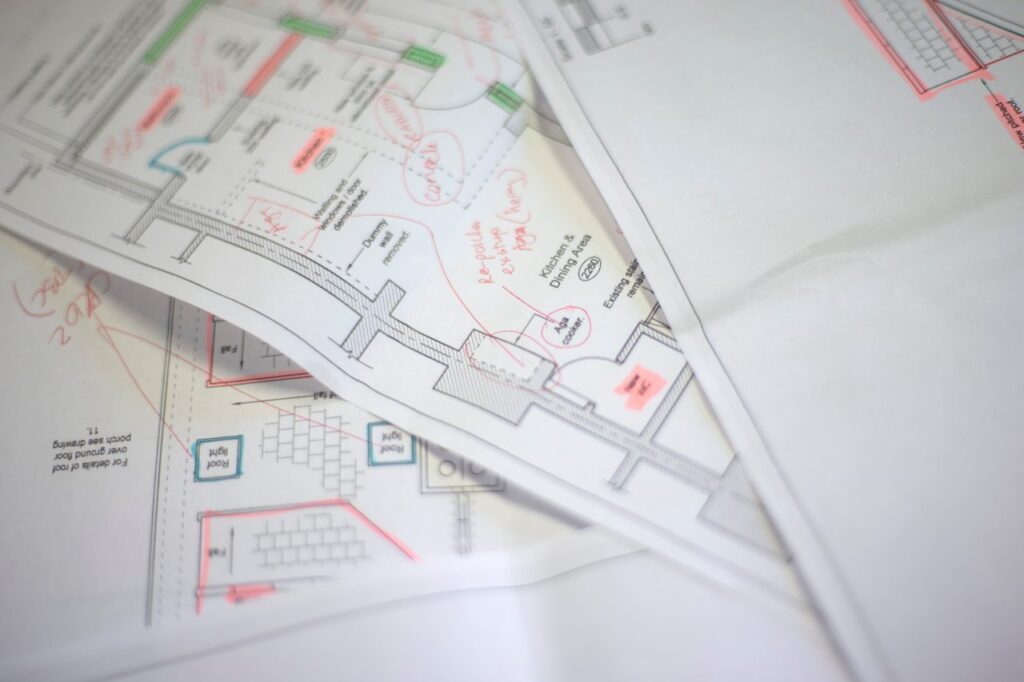
Obtaining retroactive building regulation approval, or regularisation, isn’t guaranteed. Here are some factors that can affect your chances of getting it:
Severity of Non-Compliance
Minor breaches may be easier to rectify and gain approval with minimal hassle. Significant structural problems, safety hazards, or work exceeding permitted scope can lead to denial or require expensive fixes.
Age of the Work
Newer work has a higher chance of meeting current regulations as they haven’t changed significantly in recent years. Work done much earlier might not comply with current standards, making regularisation more difficult.
Quality of Workmanship
High-quality workmanship, characterized by proper construction techniques and the use of suitable materials, enhances the likelihood of approval for regularization. This holds even if there are slight variations in regulations.
This emphasis on craftsmanship ensures that the work meets essential standards of safety and durability.
Conversely, poor workmanship, such as substandard construction practices, the use of unsuitable materials, or hidden defects, can result in denial of regularization.
Such deficiencies compromise the integrity and safety of the structure, making it ineligible for regularization. Therefore, prioritizing good workmanship is essential for achieving approval in the regularization process.
Availability of Records
Maintaining clear records of plans, specifications, and receipts from the original work is crucial for demonstrating compliance and aiding in the assessment process during regularization. These documents serve as evidence of adherence to regulations and help the surveyor understand the situation accurately.
Still, if such records are absent, the surveyor may find it difficult to evaluate compliance, which could result in the refusal of regularization. Thus, thorough documentation is necessary to ensure that the regularization process goes more smoothly.
Impact on Neighbours
During the regularization process, the impact of the work on neighbors plays a crucial role. If the work has minimal impact and doesn’t disturb or inconvenience neighbors, it’s less likely to face objections or complications.
However, if the work significantly impacts neighbors, like blocking light or invading privacy with extensions, it could lead to complications and objections. Therefore, considering and minimizing the impact on neighbors is essential for a smoother regularization process.
Local Council Policy
In handling regularisation cases, councils vary in their approaches. Some councils adopt a more lenient stance, particularly when dealing with minor issues that need regularization.
They may be more inclined to approve such cases, offering flexibility in their regulations. On the other hand, some councils adhere to stricter policies, making them less willing to approve non-compliant work.
Their approach tends to be more rigid, making it challenging to gain approval for regularization, especially in cases of significant deviations from regulations. Hence, the flexibility or strictness of the council’s approach significantly influences the outcome of regularisation efforts.
Cost of Rectification
When it comes to bringing work into compliance with regulations, the cost of fixes can significantly impact the likelihood of regularisation. Minor changes that are low in cost make it more feasible to meet regulatory standards, increasing the probability of regularisation.
However, if extensive or costly fixes are required to comply with regulations, regularisation may become impractical due to financial burdens. Therefore, the nature and cost of required fixes play a crucial role in determining the feasibility of regularisation efforts.
Steps to Obtain Building Regulations Approval After Work is Done (Regularisation)
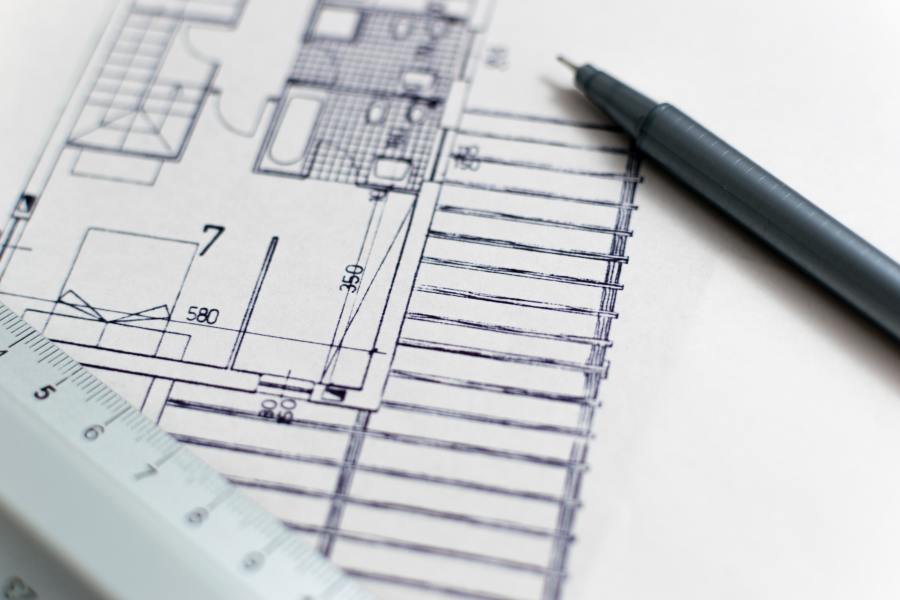
While it’s preferable to obtain building regulations approval before starting construction, there’s a process for retroactive approval in some situations. Here’s a breakdown of the steps involved:
Contact Your Local Building Control Authority
Find your local council’s building control department and contact them to discuss regularisation. Explain the situation – type of work done, timeframe, and lack of prior approval. Inquire about their specific process, fees, and required documentation.
Gather Necessary Documents
Proof of ownership (title deeds etc.) and property plans (if available). Any existing plans, specifications, or receipts related to the completed work (helpful but not always mandatory). Clear pictures showcasing the completed work from various angles.
Submit a Regularisation Application
Complete the application form provided by your local building control department. Attach all the gathered documents mentioned above. Pay the associated fees for the regularisation process.
Building Control Surveyor Visit
A surveyor will be scheduled to visit your property to inspect the completed work. They will assess the work against current building regulations. The surveyor may ask questions about the construction process and materials used (if details are unclear).
Approval or Request for Changes
If the work meets current building regulations, you’ll receive a regularisation certificate. Non-compliance may be identified by the surveyor during the assessment.
The surveyor will outline specific areas where the work does not meet regulations.
- Minor Changes: You might be required to make minor adjustments (e.g., adding fire doors) to gain approval.
- Major Changes: For significant non-compliance, extensive changes or even demolition might be required.
Addressing Non-Compliance (if applicable)
If changes are required, you’ll need to address them according to the surveyor’s instructions. This might involve hiring a qualified builder to make the necessary modifications.
Once the changes are complete, you’ll need to arrange a follow-up inspection by the building control surveyor.
Final Regularisation Certificate
Upon successful completion of any required changes and a satisfactory follow-up inspection, you’ll receive a regularisation certificate. This certificate signifies that the completed work now complies with building regulations.
Important Considerations
Regularisation can be a lengthy process compared to upfront approval. There’s no guarantee of approval, especially for major non-compliance issues. The process can be expensive due to potential rectification work and additional fees.
Consequences of Not Obtaining Building Regulations Approval
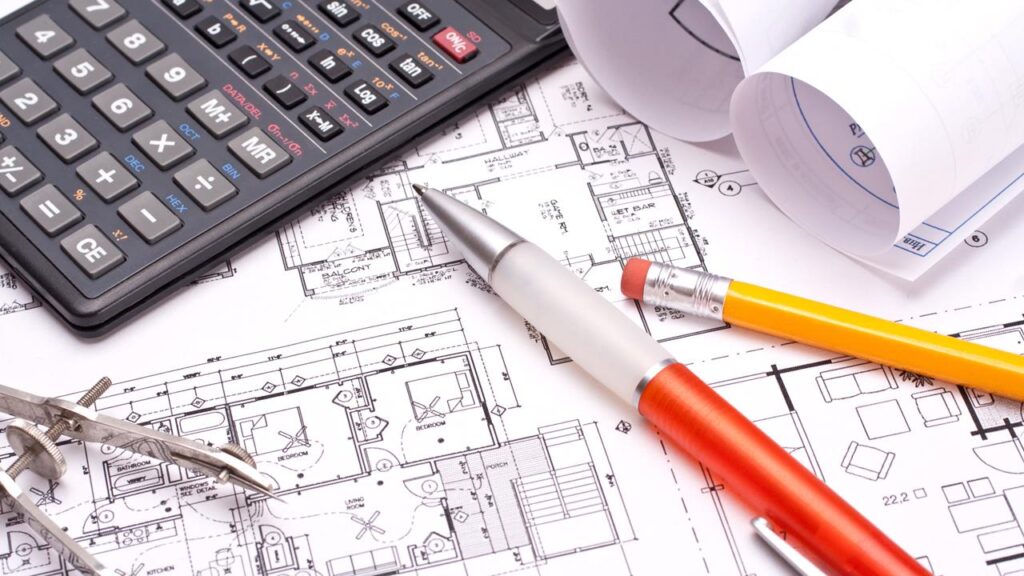
Skipping the process of obtaining building regulations approval before construction can lead to several complications down the line. Here’s a breakdown of some potential consequences:
Enforcement Action by Local Authority:
Your local council has the authority to enforce building regulations. If they discover unapproved work, they can take legal action against you. This might involve:
Stop Notice: Ordering a halt to any ongoing work.
Requiring you to make changes to bring the work into compliance. In serious cases, you could face fines or even imprisonment.
Difficulties Selling Your Property:
Most mortgage lenders require a building regulations certificate before approving a mortgage. Potential buyers will likely commission a property survey, which may uncover the lack of approval.This can significantly hinder the sale of your property or force you to sell at a lower price.
Safety Hazards and Unforeseen Issues:
Unapproved work might not meet safety standards, potentially posing a risk to occupants. Issues like structural problems, improper ventilation, or faulty electrics could go unnoticed. Fixing these problems later can be expensive and disruptive.
Difficulties Obtaining Insurance:
Buildings insurance companies may be hesitant to insure a property with unapproved work. Even if they do offer coverage, premiums might be significantly higher.
Difficulties Obtaining Indemnity Insurance:
Indemnity insurance can sometimes provide cover for the potential costs of future enforcement action by the council. However, obtaining indemnity insurance for unapproved work can be difficult and expensive.
Impact on Property Value:
Unapproved work can negatively impact the value of your property. Potential buyers might be discouraged by the uncertainty and potential costs involved in regularisation.
FAQ’s
What happens if I convert my garage without building regulations?
Converting your garage without adhering to building regulations can lead to several consequences, including legal issues, safety concerns, difficulties selling the property, and potential fines or penalties. It’s crucial to ensure compliance with building regulations to avoid these issues.
Who is responsible for building regulations in England?
In England, the Building Safety Regulator (BSR), a new body within the Health and Safety Executive (HSE), oversees aspects of building safety, including Building Regulations and Building Control. The BSR is responsible for ensuring compliance with building regulations to maintain safety standards in construction projects.
Final Words
While it’s possible to seek building regulations approval after completing construction work, it’s generally better to obtain it beforehand. Retroactive approval may involve additional assessments and inspections.
So, it’s important to ensure compliance with regulations to avoid complications or enforcement actions. Planning and obtaining permissions before starting construction is advisable to ensure a smoother and hassle-free process.

